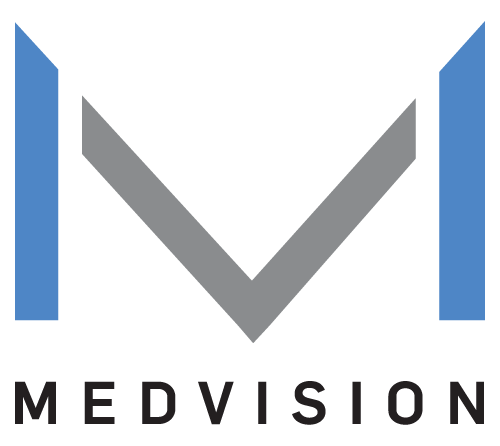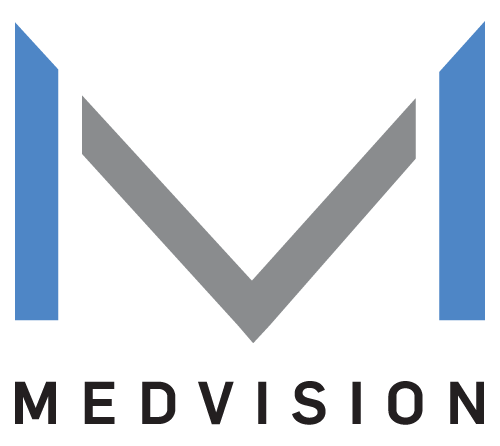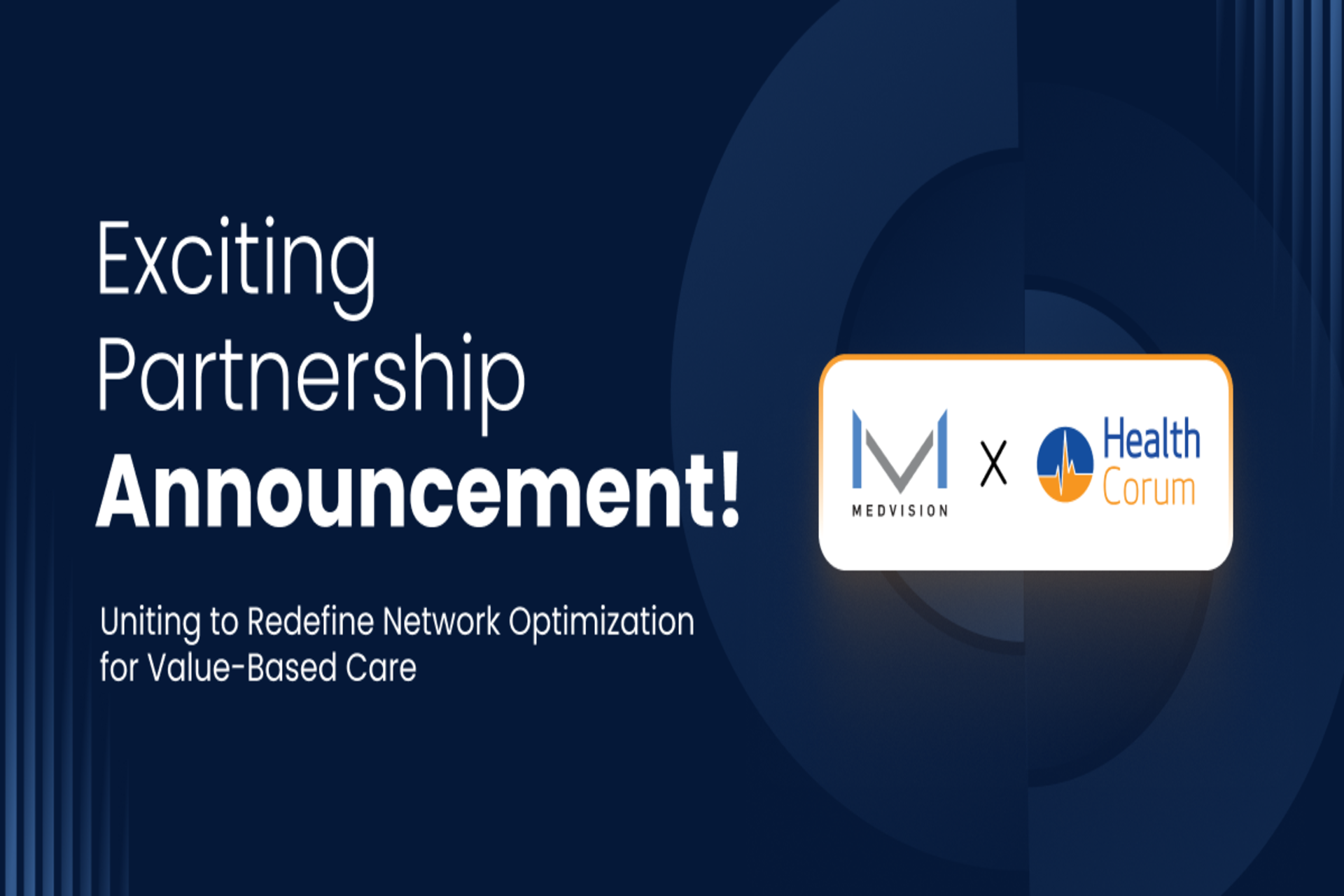By cutting down on administrative tasks, doctors can spend more time delivering the kind of care that truly benefits patients.
Transitioning from fee-for-service to value-based reimbursement requires a shift in mindset, operational processes, and technology.
Here are tips for healthcare organizations to successfully meet and excel in value-based care.
Tip 1: Leverage Data Analytics for Better Insights
The complexity of value-based care demands detailed data insights to make informed decisions and enhance care quality.
Healthcare providers use data analytics to keep track of patient outcomes, identify ways to enhance care, and make smarter decisions about
managing costs.
With these insights in hand, organizations can create strategies that align with the needs of their patients, leading to improved outcomes and more effective care.
Advanced
healthcare administration software offers sophisticated data analytics tools that do more than just collect data—they transform it into actionable insights.
These tools let organizations drill down into the specifics of patient populations, allowing for the creation of tailored strategies that directly address their unique needs.
This level of customization is critical to achieving better patient outcomes, reducing unnecessary expenditures, and meeting the stringent requirements of value-based care models.
Tip 2: Focus on Patient Engagement and Experience
Involving patients in their healthcare journey leads to improved outcomes and higher satisfaction scores. Personalized communication and easy access to health information empower patients, fostering a collaborative approach to care.
Tailoring interactions to meet patient needs and preferences—whether through targeted messaging, reminders, or educational content—ensures they are fully informed and engaged in their care.
Providing accessible and secure health information through intuitive patient portals enables patients to track their progress, view test results, schedule appointments, and communicate with healthcare providers seamlessly.
This level of transparency builds trust and reinforces the collaborative nature of value-based care.
Top medical practice management software has patient engagement tools, including advanced communication features and user-friendly patient portals.
By tracking patient interactions and feedback, you can continuously refine your approach to meet patient needs and enhance their experience.
Tip 3: Optimize Care Coordination Across Teams
Efficient care coordination is essential in value-based care models. It reduces redundancy, prevents errors, and ensures that all healthcare providers are in sync with the patient's care plan.
When all providers are on the same page, the patient's journey through the healthcare system is smoother, more consistent, and more effective, leading to significantly improved outcomes.
Most advanced healthcare administration software solutions come with care coordination features. These include secure messaging systems, integrated care plans, and real-time data sharing across different care teams.
These tools enhance communication and create a cohesive, patient-centered approach where the same, up-to-date information informs every action.
By leveraging these technologies, healthcare organizations can ensure that care is well-coordinated and aligned with value-based care goals.
Tip 4: Utilize Quality Reporting and Improvement Tools
Accurate reporting and continuous quality improvement are vital for meeting value-based care requirements and enhancing overall performance.
To meet the rigorous demands of value-based care, healthcare organizations must go beyond the basics—actively monitoring and analyzing performance metrics is essential.
This proactive approach enables organizations to pinpoint inefficiencies, address gaps in care, and implement targeted strategies that elevate care quality and operational efficiency.
Integrated healthcare administration software plays a crucial role in this process. With robust quality reporting and improvement modules, such software not only automates the tedious task of data collection but also provides real-time insights into performance metrics.
These tools empower your organization to stay ahead of regulatory requirements, making it easier to implement continuous improvements.
Tip 5: Stay Current with Regulatory Changes and Best Practices
The healthcare landscape constantly changes, with new regulations and best practices emerging regularly. "Regulation changes shape how we deliver, bill, and manage care.
Keeping up with these changes is essential for staying compliant and delivering top-notch care, ensuring your organization remains competitive and in tune with the latest industry developments.
Advanced medical practice management software provides regular updates and compliance support, helping your organization stay aligned with the latest regulations and industry trends.
By proactively staying informed and adaptable, you can ensure your practice continuously operates at the highest standard.
Lead the Way in Value-Based Healthcare with QuickCap!
Take the next step in your value-based care journey with MedVision’s
QuickCap.
Our comprehensive
healthcare administration software empowers your organization with the insights and tools to successfully implement these strategies and stand out in this competitive field.
With a full suite of features, QuickCap streamlines operations across all facets of healthcare management, from data analytics and patient engagement to care coordination and quality reporting.
Contact us today for a demo or consultation to see how QuickCap can help you achieve success in value-based healthcare.













